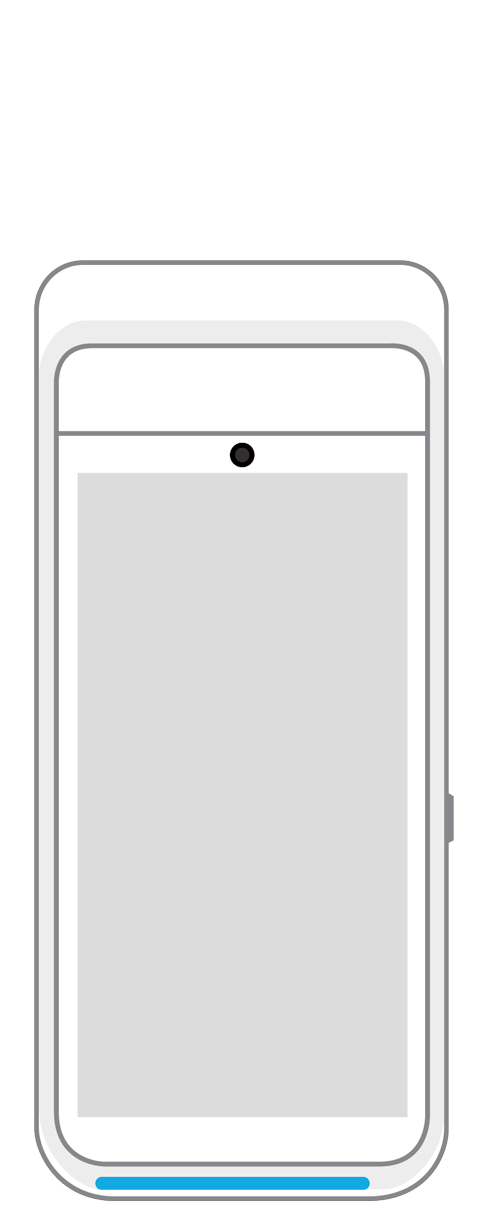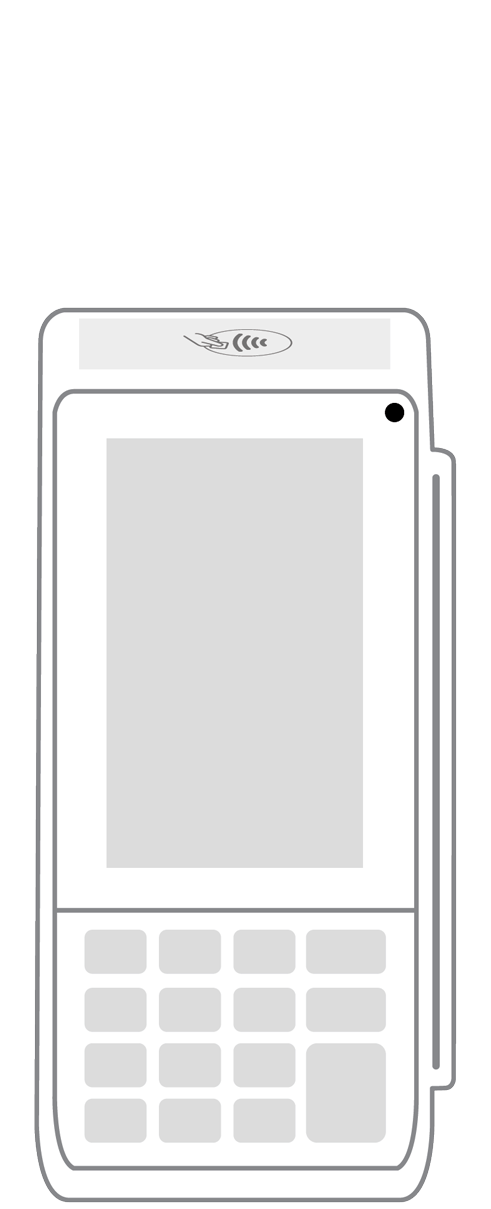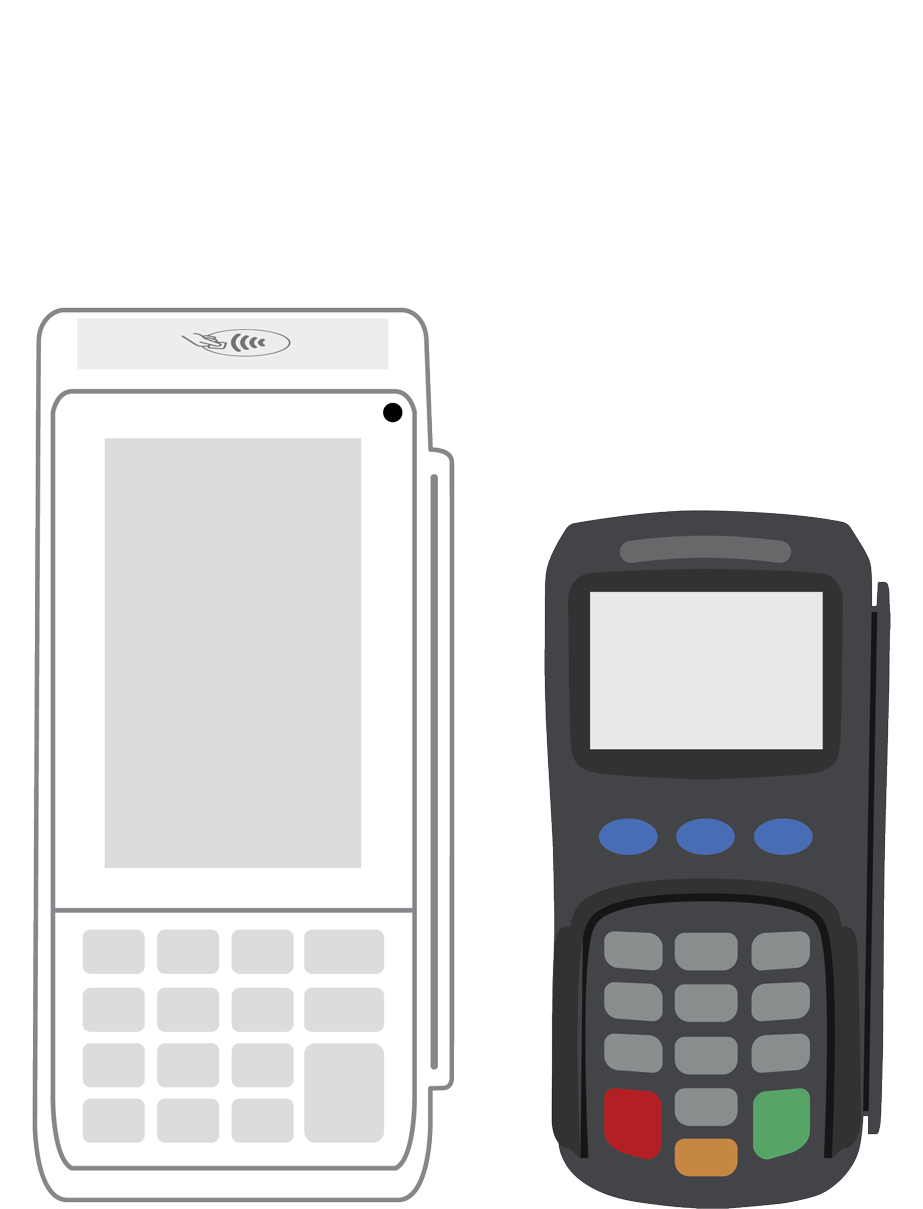Will small business technology adoption continue to flourish in a post-covid world?

At the dawn of 2020, the Summer Olympics and the upcoming U.S. presidential election were predicted to be the primary topics of conversation over the first few months of the New Year. No one could possibly have predicted a worldwide epidemic the likes of which has not been seen in more than a century. Many of the changes the coronavirus wrought were unexpected and may simply be temporary adaptations to an unusual situation, but can the same be said for the technological innovations that small companies have incorporated into their business models?
An overnight shift.
COVID-19 burst on the scene like a masked burglar. No one knew what it was, how it was transmitted, or the extent of the danger it posed. Theories on all of these subjects proliferated, and the panic of the citizenry manifested itself in numerous ways, including the hoarding of everything from cleaning products to bathroom tissue.
Business owners quickly recognized that they needed to make radical changes in terms of the way they operated if they were to stay afloat. In accordance with state and municipal regulations, many retailers and restaurateurs enacted face covering, hygiene, and social distancing protocols. In addition, a majority realized that they needed to revolutionize the way they sold and delivered their products to their increasingly health-conscious customers.
The accelerated rise of virtual.
Back in 2019, anyone who complained that people were spending too much time online would have been aghast at how the technology has skyrocketed in popularity over the course of just a few months during 2020. These days, everything from work and school to cocktail parties is taking place via video conferencing. Entrepreneurs have also embraced the virtual environment since it represents one of the safest and most efficient ways for people to browse product selections, research their options, and make purchases. For many sellers, websites that once were neglected afterthoughts, have become a new lifeline. As has the ability to accept mail or telephone orders.
For enterprises to succeed online, new marketing strategies must also come into play. It probably comes as no surprise that technological innovations have jumped in to fill this gap as well. In particular, entrepreneurs have learned the value of establishing a dynamic presence on social media sites such as YouTube, Instagram, and Facebook. Through ongoing interaction with customers and frequent posts that keep people interested in their products, companies are ensuring that they are not forgotten, even at a time when few of us are venturing out to brick-and-mortar stores.
Artificially intelligent assistants.
Who would have ever predicted that bots would become the go-to customer service strategy for so many large and even small businesses? Since 2020 has turned out to be the year of the unpredictable, the strange, and even the impossible, this trend too probably does not come as much of a shock.
Instead of being perceived as weird and synthetic, modern bots are helping businesses in many of their everyday operations, including taking orders, canceling them, processing returns, and quoting shipping charges and projected delivery dates. If an issue becomes too complex for the virtual assistant, customers are transferred to a human employee. Most of the time, however, workers can instead spend their time performing creative and intricate tasks that can bolster the company and keep it resilient.
Mobile applications.
If you’re bored – and who isn’t these days – spend just a few minutes perusing Apple’s App Store or the Google Play Store. If you haven’t done so already, you will soon realize that there is an app for virtually everything. Why not have one for your business as well?
Unless you are a genuine techie, it does cost actual money to develop an app. However, it might just be the investment your small business needs to expand visibility to customers and encourage them to buy your products or services. Keep in mind that apps are available to customers 24/7 and can be great ways to enhance your credibility as a legitimate, stable brand.
Social media for purchasing.
We have already mentioned the power that sites like Instagram and Facebook can wield when it comes to remaining in touch with your current customers. However, that is just the tip of the iceberg. Social media is also an effective way to target and reach out to people who have never even heard of your brand. Tools within these sites allow you to pinpoint would-be customers based on their demographics (gender, geographical location, age, etc.) and even based on their demonstrated interests and consumer behaviors.
Remote work.
Let’s say you own a company that provides a service such as tax preparation or web design. During these stressful times when people are reluctant to leave their bubbles, it’s easy to think that you and your employees will be left hanging out to dry.
The good news is that innovations such as video conferencing, project management, and collaboration tools are going a long way towards filling these gaps. Business owners and workers who invest time and energy into learning how to use this software can continue to provide valuable services while cooperating with each other to get the job done.
Contactless payments.
During the pandemic, much emphasis has been placed on handwashing, sanitizing, and minimizing the touching of surfaces. To that end, companies have embraced contactless payments that allow purchases to be transacted securely without the customer’s credit card or smartphone ever leaving their hands or having to touch a traditional countertop or mobile card reader. A side benefit to this technology is that you the merchant never come into direct contact with the customer’s device or card, thus reducing the chances of being accused of identity theft, fraud, or other crimes.
Third-party delivery.
Another outgrowth of our current stay-at-home state is the surge in popularity of delivery services. Customers can not only order goods online and have them delivered in a few days, they can also pay services like Instacart and Uber to drop off their goods that same day. All of this, of course, is made possible by these companies’ adoption of smartphone apps.
Will this reliance on technology last?
If the current pandemic behaves in similar ways to those in the past, it will eventually come to an end. With vaccines on the way, it seems quite likely that there will be some sort of return to “normal life” after COVID-19.
What does that mean in terms of the changes that the virus has brought about in the business world? In particular, what will become of the snazzy innovations that have transformed the ways companies attract, cultivate, and sell to customers?
Of course, no one has a crystal ball, and if there is anything we have learned in the past year it is that we don’t have all the answers. Even so, we might as well take a few stabs at predicting the future.
- Artificial intelligence isn’t going away. Bots and other virtual customer service technology will continue to relieve human employees from doing repetitive, simple tasks that can easily be handled by a machine. After all, it makes more sense to use human intelligence for other important pursuits.
- Smartphones and the apps that run them will continue to be powerful tools in the hands of the majority of the world’s adult consumers. Because of its security and ease of use, contactless payment technology will maintain its popularity long after COVID-19 recedes into the past.
- Retailers will continue to exploit all channels to sell their products, including websites, social media, and brick-and-mortar locations. The most resilient and successful of them will make sure that their brand is consistently represented across all of these to ensure the most streamlined and positive purchasing experience possible.
It is safe to say that the pandemic has turned virtually every aspect of our lives upside down. One of the few truths that has remained consistent is that customers will continue to need products and services. Although the methods by which they procure them may change, all of us still need to eat, require clothing, and want to conduct our daily business and enjoy our leisure time. The technological advances that have been amplified by the virus will most likely remain in our lives long after the pandemic has been relegated to the history books. As a merchant, you’ll do well to act accordingly.
 3-in-1 Reader |  Terminal |  Keypad |  PINPad Pro |  Flex |  POS+ | |
|---|---|---|---|---|---|---|
Payment types | ||||||
EMV chip card payments (dip) | ||||||
Contactless payments (tap) | ||||||
Magstripe payments (swipe) | ||||||
PIN debit + EBT | ||||||
Device features | ||||||
Built-in barcode scanner | ||||||
Built-in receipt printer | ||||||
Customer-facing second screen | ||||||
External pinpad | ||||||
Wireless use | ||||||
Network | ||||||
Ethernet connectivity | With dock | |||||
Wifi connectivity | ||||||
4G connectivity | ||||||
Pricing | ||||||
Free Placement | ||||||